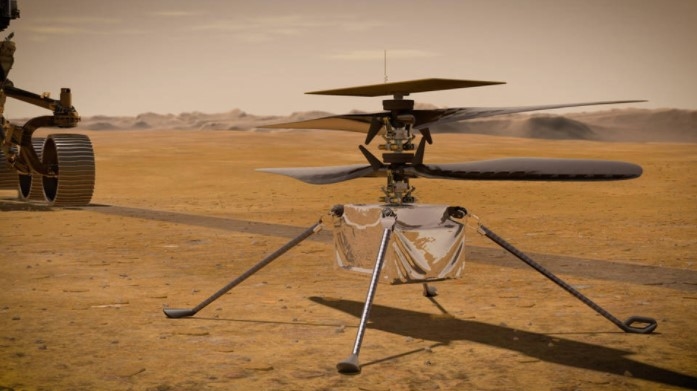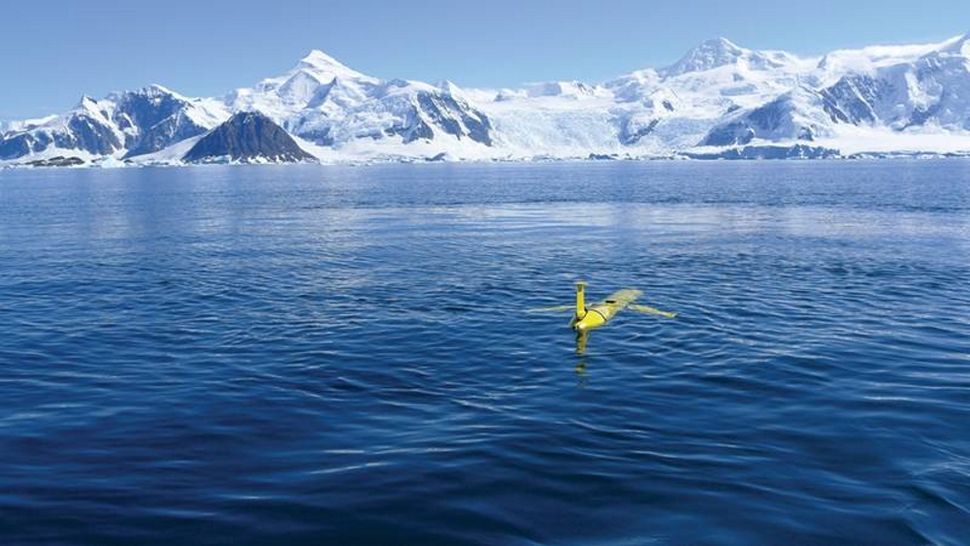We know unmanned aerial vehicles (UAV) -- or "drones" -- are great for agricultural surveys or other business applications. But their use in science cannot be undervalued. Work between NASA's Jet Propulsion Laboratory (JPL) and Qualcomm Technologies Inc., resulted in the Ingenuity, a helicopter drone that landed on Mars on February 18th, 2021 and is the first autonomous aerial platform operated outside Earth's atmosphere.
This site describes the UAV:
Ingenuity relies on counter-rotating coaxial rotors about 4 feet in diameter that spin very fast to work in the thin atmosphere. The main computer behind it all is a Qualcomm Snapdragon 801 processor that includes a quad-core CPU, a GPU and a 55 megapixel downward facing image signal processor. The computer controls a visual navigation algorithm using Mars surface geographical features tracked with the camera. Surprisingly, the Snapdragon processor aboard Ingenuity is not ruggedized by itself, although JPL has encased the processor to protect against Mar’s low pressure and cold, said Dev Singh, general manager of robotics and drones for Qualcomm in an interview with Fierce Electronics.
In fact, the chip is not much different from other Snapdragon chips used in billions of smartphones, Singh said. Qualcomm first began working with NASA JPL in 2016 on the Ingenuity project. Qualcomm's flight platform is a multifunctional chip used for drones and robots.
Back on Earth, drones can be useful in high threat environments. "Due to the difficult accessibility and the high risk of collapse or explosion, the imaging of active volcanoes has so far been a great challenge in volcanology. Researchers around Edgar Zorn from the German Research Centre for Geosciences GFZ in Potsdam are now presenting the results of a series of repeated survey flights with optical and thermal imaging cameras at the Santa Maria volcano in Guatemala. Drones were used to observe the lava dome, a viscous plug of lava. The researchers were able to show that the lava dome shows movements on two different time scales: slow expansion and growth of the dome and fast extrusion of viscous lava," as published in the journal Scientific Reports.
And specialized underwater drones can be used for ocean research -- the same artificial intelligence that enables aerial drones, such as greater levels of autonomy, can be re-purposed for underwater missions. Autonomy — the ability to take action without direct control -- means drones are more robot and less remote-controlled device.


No comments:
Post a Comment